Then I got a Dexter, but she was a fence jumper and was always in with the herd next door, so I got another cow, a Dexter, to keep her company and keep her home, which did not work. So I sold those two cows, one with a calf.
Then I got a Jersey, a lovely little girl all the way from Pink Mountain, BC, where she descended from a long line of dairy cows bred to do well on grass only. She was also bred and confirmed pregnant. She did have a calf, but the calf got stuck in the mud and the other big cows that were boarded here trampled her right in and she passed away. I found my little Jersey mourning her calf and pulled the dead baby out of the mud so she knew she was gone. The neighbour's dogs ate the calf that night and I know it was them because I saw them. The neighbour's response was, "So, shoot them". I didn't.
I sent the little Jersey home with the big cows to get bred. The farmer had an artificial insemination tank and knew people with Jersey semen. I told him a couple of times that she had not had grain and could not have grain, that she was bred to thrive on grass alone and he should not feed her grain. So, he turned her out with his cows, who were fed a mix of grain, hay and ration, whatever that is, and he found her dead, belly up the next morning. He said it was from getting too deep in the bedding and would not replace her or take responsibility.
I was a little hesitant to try my luck with cows again then. You can see why.
But the man who rented my pasture the following year could not afford the board and we had agreed that he would give me a heifer calf at weaning instead. Kyle, the Kilo Highland came here that way. She is a delight. I can pet her when she drinks water.
But I had been talking to a man who breeds a naturally small cow, the Galloway, only in Sherwood Park, which is just about 2 hours drive from here. I could not afford a prime calf, but he had something for me then, a little heifer that lost her mother when she was just 3 months old. She fended for herself and managed to survive the winter, but would be small due to her short time on Mamma's milk and without mother's protection. She was perfect for me, only was unapproachable. I was hoping to change that. The breeder also had a bull that was appropriate for me, smaller side and 1/8 Highland from way back in the genes, so he was not registerable with the Galloways. So I acquired two Riggit Galloway cows. They have double coats so in winter stay warm without the need for extra bedding or extra feed. I think they are wonderful.
And finally, I wanted to try a dairy cow again. Unfortunately the people who sold her to me were less than upfront and she arrived thin and has a fallen foot so she walks on the bottom of her ankle instead of the hoof. I mentioned it to the fellow who laughed and said he forgot to trim her feet. Ha. He forgot the poor cow entirely. I have put some weight on her now and she does look better and a cow hoof man is coming to tend to her feet. She was supposedly bred and I have seen no action from my bull, so hopefully she is and will be due in September. Then I plan to sell her when the calf is old enough to wean, as a nurse cow, which is what she will be best suited for. She is a Norwegian Red Holstein cross and was a dairy cow, likely expelled due to bad feet. Darn, I wish people were honest.
So that is the story of the cows of the Fat Ewe Farm. I think I will stick with the Riggit Galloways only. I would love to milk Kylie the Highland, but I do not think she is tame enough and I don't know enough about cows to tame her more. I do not drink milk though I would use it to make cheese, butter and yogurt for sure. Oh well, some things are not meant to be. Moooo!

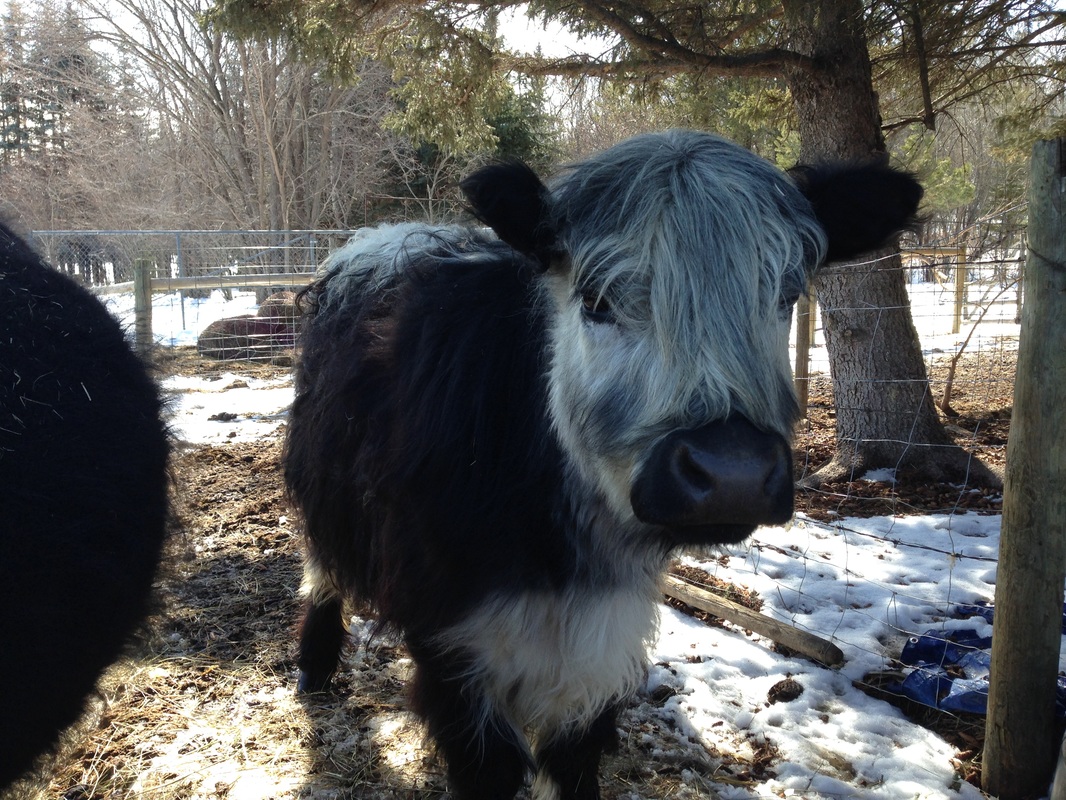

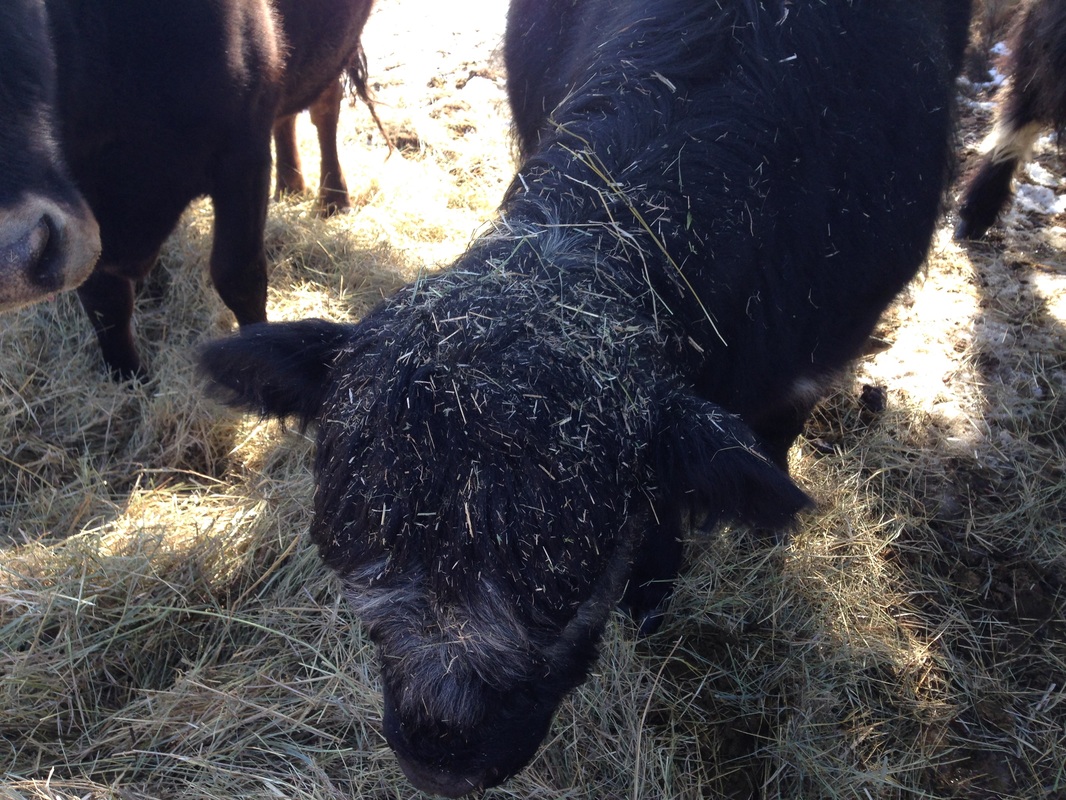
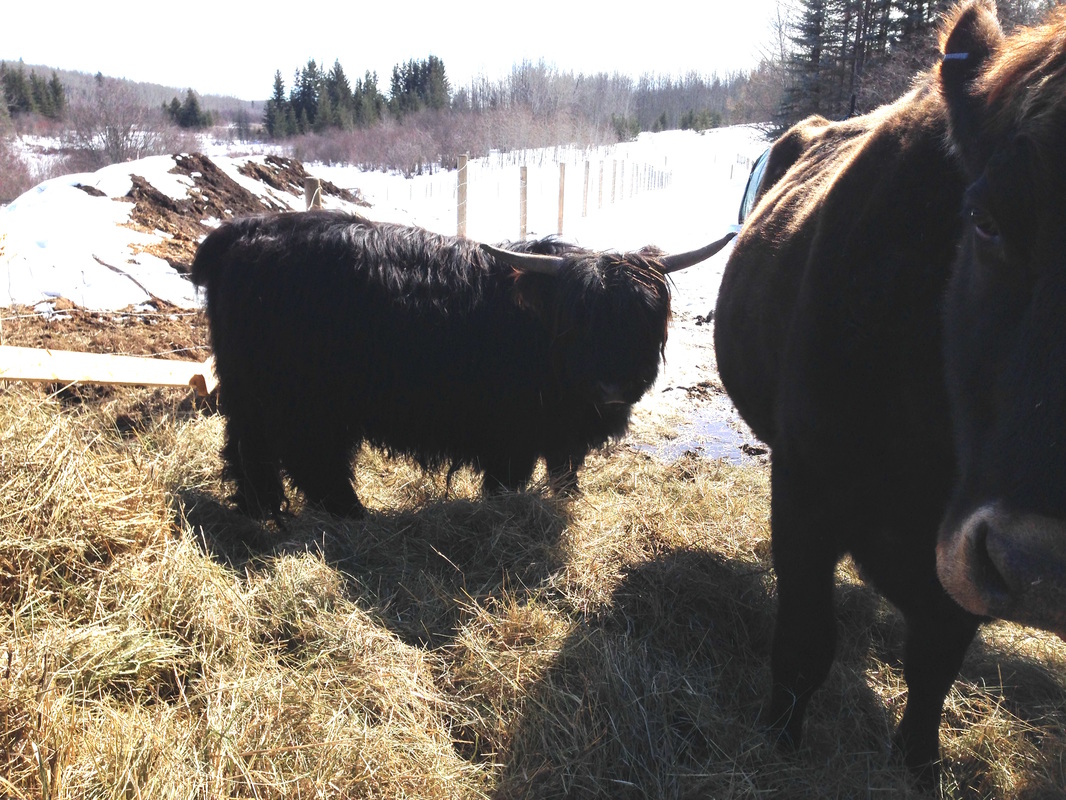
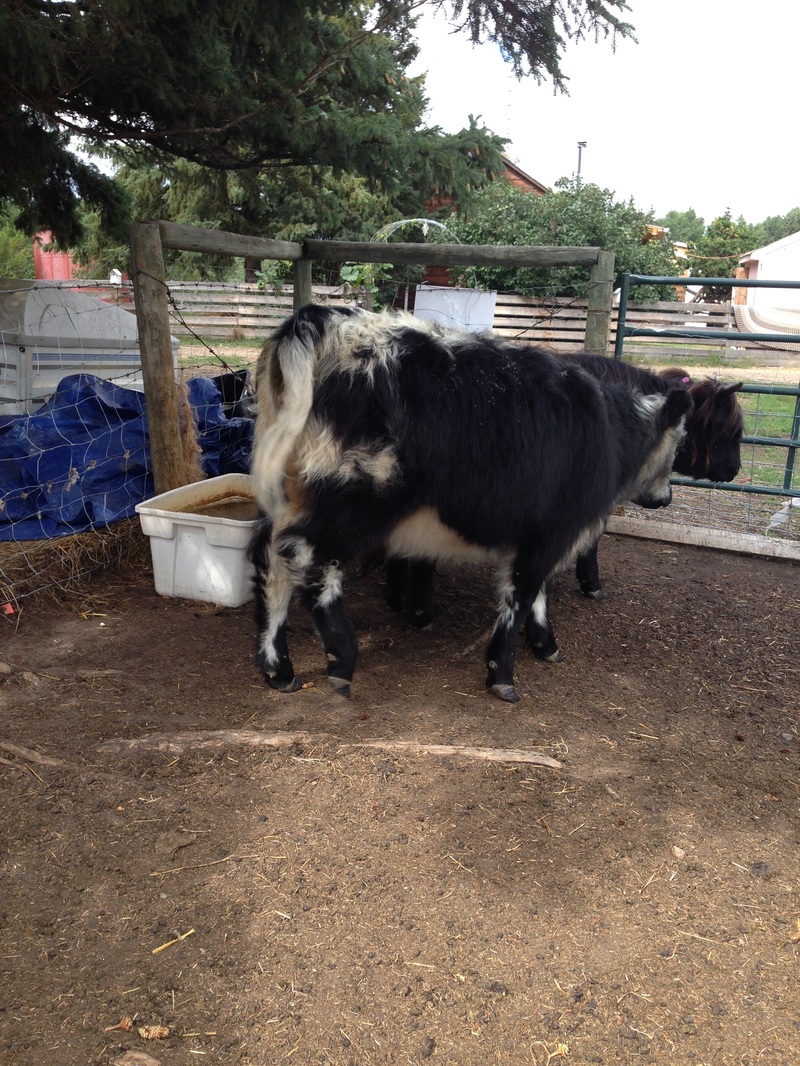
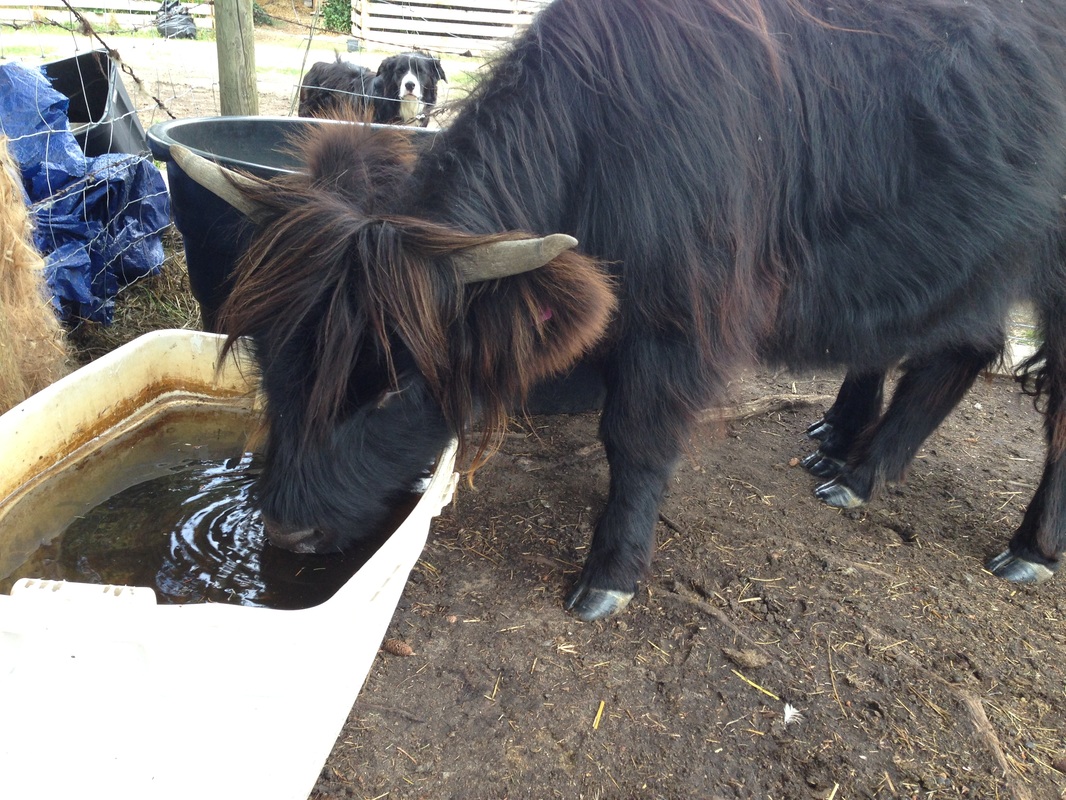
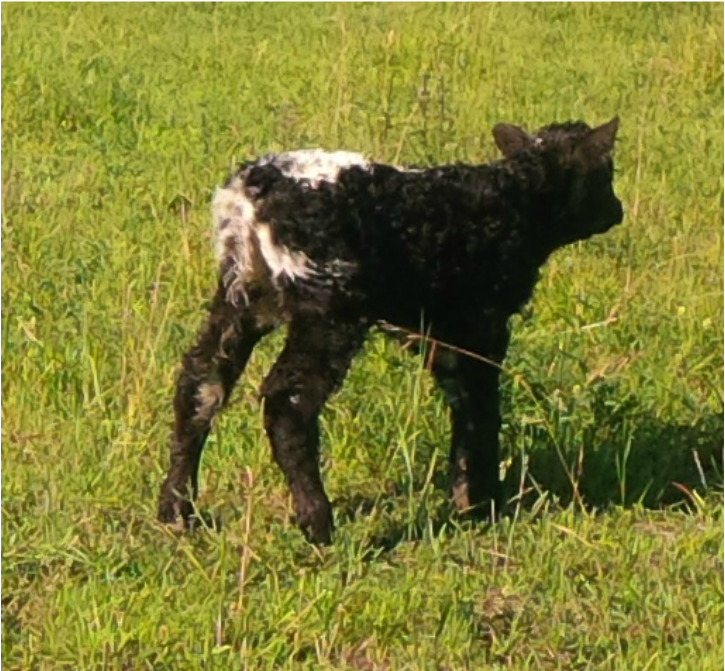
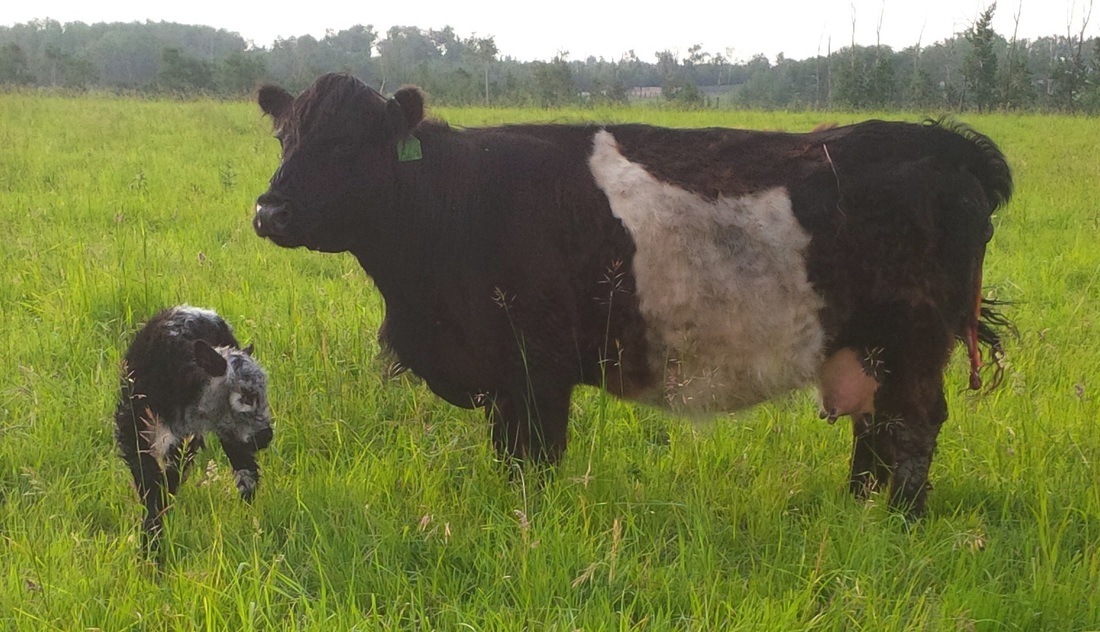
 RSS Feed
RSS Feed